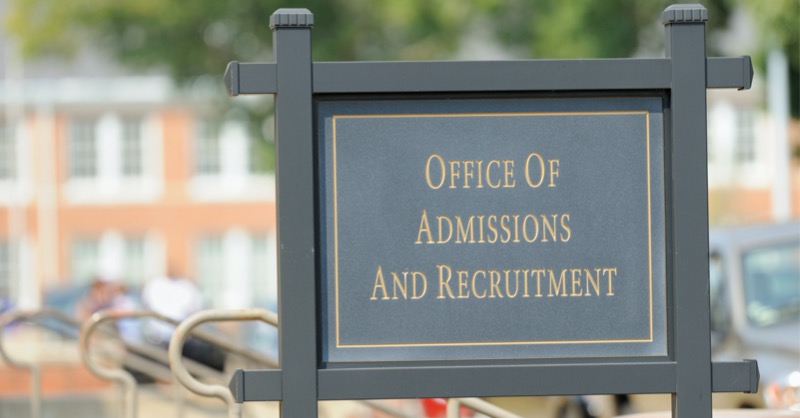Most schools have a strategic enrollment management (SEM) plan — and most of them say it’s “very important”
Almost two-thirds (65%) of recently surveyed admissions offices said they have a strategic enrollment management (SEM) plan that “aligns the goals of recruitment, admission, enrollment, retention and student success with the institution’s broader vision and mission, while also ensuring fiscal responsibility.” Within that group, 72% say the plan is “very important” for guiding recruitment efforts. More than 26% of the 377 admissions offices participating in the survey said they do not have a SEM plan, while about 9% said they are unsure. Overall, institutions with fewer than 1,000 students “were much more likely than their larger counterparts to consider the SEM plan somewhat, rather than very, important.” When asked about “barriers that prevent their institutions from maximizing strategic use of data in support of institutional goals,” 62% cited “limited internal resources, particularly a lack of staff with the necessary skills.”
Source: NACAC
Graduate enrollment increased slightly this fall — with postbac programs posting the biggest gain — but undergrad numbers declined
“Roughly one month into the fall semester, undergraduate enrollment is running 4.0% below last year’s level, and the upward trend for graduate enrollment has slipped to 2.7%,” according to the National Student Clearinghouse Research Center. “Overall postsecondary enrollment is down 3.0% as of September 24.” The biggest decline occurred among first-time students, whose enrollment numbers fell by 16.1%, on average, and 22.7% at community colleges. When categorized according the type of credentials students are pursuing, the largest year-over-year enrollment gains occurred in postbaccalaureate certificate programs (7.4%) and master’s degree programs (3.5%). Undergraduate certificate programs (-8.9%) and associate degree programs (-8.7%) accounted for the biggest enrollment declines.
Source: National Student Clearinghouse Research Center
Campus mental health tops the list of college leaders’ worries
“Anxiety, uncertainty, depression and grief — compounded by the isolation of the pandemic — have exacted an often invisible toll on people who study and work in higher education.” That’s the key takeaway from a recent survey revealing that slightly more than half (53%) of college presidents list students’ mental health among their top concerns right now, while 42% are worried about the mental health of their faculty and staff. The other top concerns voiced by college presidents include: the long-term financial viability of their institution; declining enrollment numbers; layoffs and; dwindling revenues/rising pandemic-related expenses.
Source: The Chronicle of Higher Education
A significant minority of workers earn more than those with higher levels of education
“More education usually results in greater earnings, but not always,” say the authors of a new study that examined the earnings of graduates from more than 4,400 institutions. “For example, among full-time, full-year workers, 25 to 64 years old: 27% of workers with an associate’s degree earn more than the median for workers with a bachelor’s degree, 35% of workers with a bachelor’s degree earn more than the median for workers with a master’s degree, 31% of workers with a master’s degree earn more than the median for workers with a doctoral degree and 22% of workers with a master’s degree earn more than the median for workers with a professional degree.”
Source: The Georgetown University Center on Education and the Workforce
